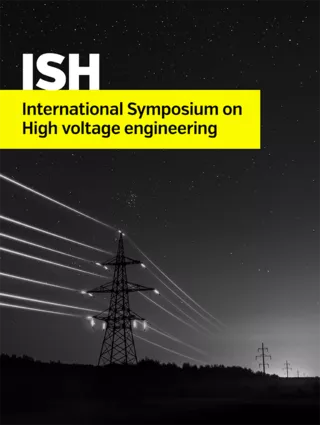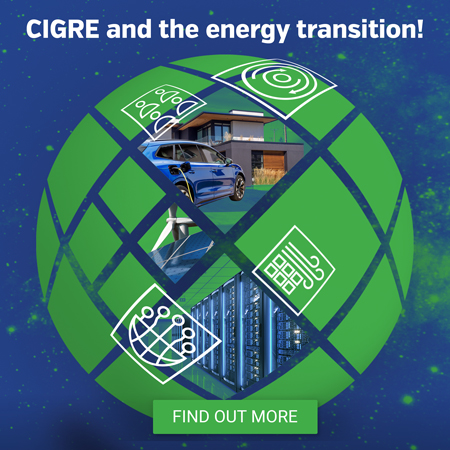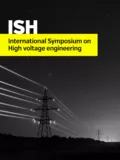Summary
The transmission of electrical power over long distances from the generator to the consumer takes place with high alternating and more and more with high direct voltage. High voltage direct current transmission (HVDC) requires complex rectifier and inverter stations, but the typical losses of alternating voltage systems due to reactive currents and the likewise complex reactive power compensation are eliminated. While HVDC power transmission with overhead lines might be possible with minor changes to the AC system, the high voltage cable system has to be specially designed for this application area. In case of DC stresses cables and joints with e.g. cross-linked polyethylene (XLPE), synthetic rubber (EPDM), silicone or silicone rubber (SR) as insulation tend to form space charges in the dielectric material. By polarity reversals, these space charges cause an excessive increase of the electric field in the insulation, which can lead to the destruction of the cable and thus to the failure of the equipment. The construction of the insulation of a cable by fabricating dielectric sections with different conductivities in the direction of the electric field could be helpful to mitigate this problem. The aim of this investigation is to develop a high-quality insulation by blending insulating materials with different electrical properties and stack them in layers to form a new insulation, which is able to drain the in the dielectric emerging space charges. Therefore the miscibility of two silicones with different shore hardness and different electric properties was investigated. Subsequently silicon-blends were synthesized to variate the DC conductivity and the mechanical properties of the insulation material. To be able to make general statements about the electrical properties of the dielectric the DC breakdown voltage of the silicones and the silicone compounds by different temperatures was also investigated. To evaluate the degree of the polymerization of a compound at a given temperature, dielectric loss factor curves were recorded over time at different frequencies. The received results are discussed and presented in this contribution in form of tables and graphs.
Additional informations
| Publication type | ISH Collection |
|---|---|
| Reference | ISH2017_136 |
| Publication year | |
| Publisher | ISH |
| File size | 5 MB |
| Pages number | 6 |
| Price for non member | Free |
| Price for member | Free |
Authors
LEBER



